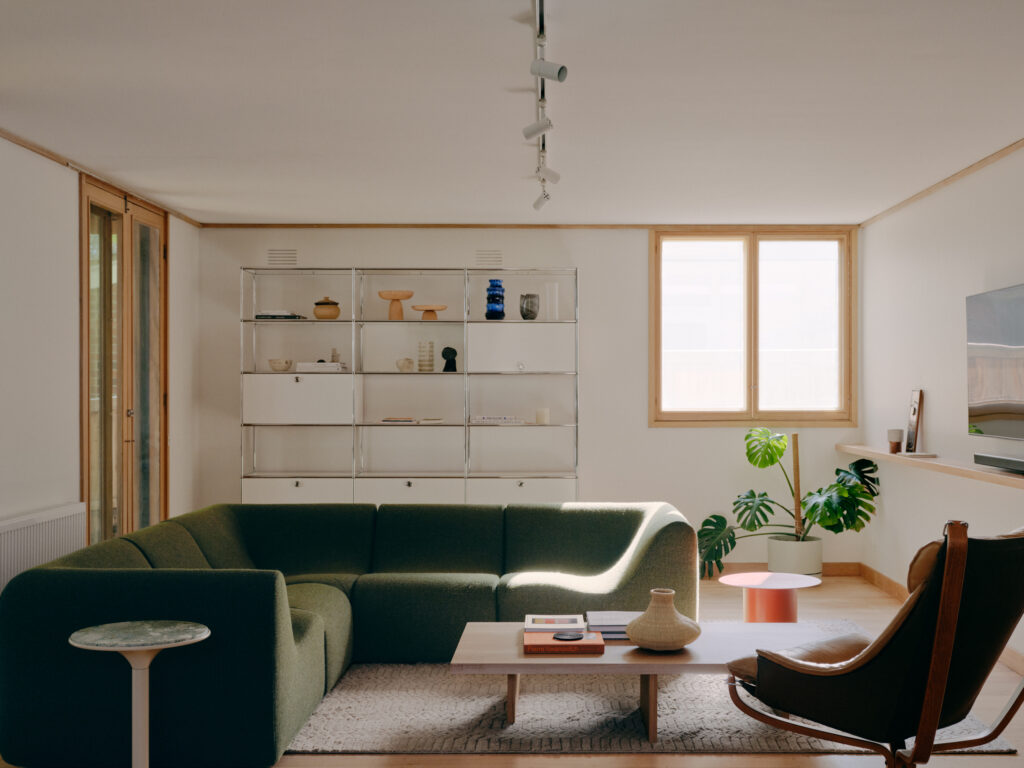How to Create an Effective Architectural Project Brief
July 2012
Why a Strong Project Brief Is the Key to a Successful Build
Every successful building or renovation project starts with a clear and well-prepared architectural project brief. Think of it as the blueprint for your design before a single line is drawn: it outlines your essential requirements, guides your architect, and provides a reference point for evaluating options and making informed decisions throughout the project.

Why the Project Brief Matters
The brief defines what is essential, desirable, and optional for your project. As the design evolves, it’s common for conflicts to arise, requiring adjustments and trade-offs. Your approval of the brief and any updates is crucial. Treating the brief as flexible rather than fixed ensures that creative solutions can emerge while keeping the project aligned with your goals.
Collaborating With Your Architect
Creating an effective brief is a two-way process. Before engaging your architect, you may already have ideas, sketches, photos, notes, or inspiration that reflect your goals. Your architect will help organise this information into a structured brief, but your active participation is essential. You know your lifestyle, business, or household best, and you can provide the insights needed to shape a design that works for you.
Quantifiable Elements of a Project Brief
Some aspects of your brief are measurable. These include the number of rooms or offices, spatial volumes, intended uses, equipment or machinery requirements, flexibility for future needs, durability and quality expectations, environmental and energy considerations, budget, and project timeline.
Qualitative Elements of a Project Brief
Other elements focus on the feel and experience of the space. This includes the ambience, natural light, privacy, colours, and the image you want your project to convey. These subjective aspects are just as important as measurable requirements for achieving a successful design.
Flexibility for Creative Solutions
The most effective briefs strike a balance between specificity and flexibility. By clearly defining your requirements while allowing room for creative interpretation, your architect can deliver a design that exceeds expectations while remaining aligned with your project goals and constraints.
Conclusion
A comprehensive architectural project brief is the key to a smoother, more successful building or renovation process. Collaborating closely with your architect ensures that your needs are understood, your goals are achievable, and the final design is tailored to your lifestyle or business.
If you have a project in mind, we’d love to hear about it. You can reach us here.
